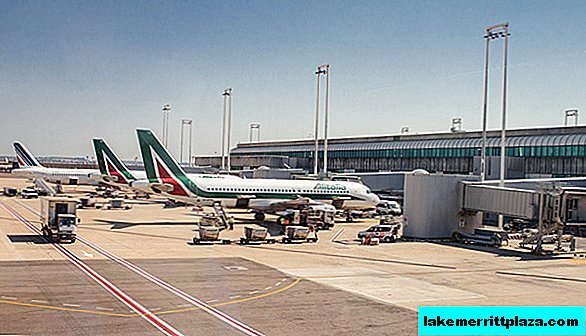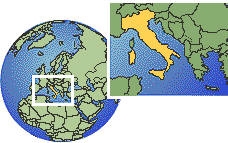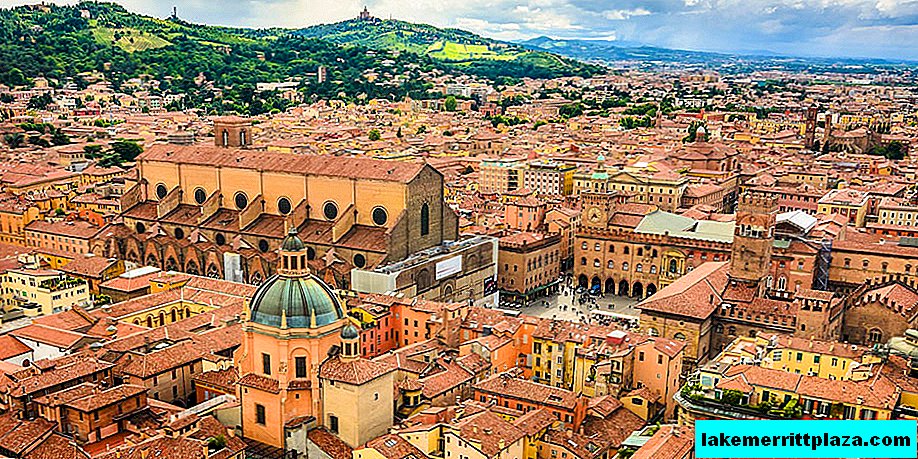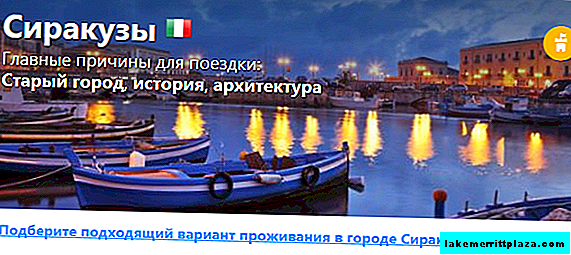The distance from Milan to Rome is about 600 km, and the road will take you from 3 to 10 hours. The most comfortable and fastest way to get from Milan to Rome is the Italotreno high-speed train. In this article, we will consider all the options for any wallet.
By train
There are 2 high-speed train companies in Italy: ItaloTreno.it (detailed instructions here) and Trenitalia.com (instructions here). Each has direct trains that will deliver you from Milan to Rome without stopping in just 3 hours, it remains to deal with prices.
Italotreno
Italotreno has the cheapest option for 19.90 euros in the Smart cabin. You need to book such a ticket for 1-2 months minimum, it is non-refundable. The usual price is around 33-47 euros.

Trenitalia
At Trenitalia for € 19.90 you will find a regional train that takes more than 6 hours and arrives at Tiburtina train station, not Roma Termini. The usual price for early booking in the region of 40-50 euros.

Thinking about buying in a few weeks, you are likely to come across higher prices. As you can see, the cost of a ticket for a regional train (the one that goes 6.5 hours!) Starts from 49.90 euros, while the comfortable and fast non-stop option costs 79.90 euros.

By bus
If you do not have time to buy profitable train tickets and are limited in budget, then your option is buses. Due to my height of 190 cm, I am skeptical of any trips not by buses, not to mention the journey from Milan to Rome, which will take about 8-9 hours. The only option I would agree to is to travel with Flixbus buses, which in addition to the price are also very comfortable, there are sockets, tea / coffee service and even televisions in the headrests.

Spending an entire day in Italy, even in a comfortable air-conditioned bus, is a controversial idea, but if you easily fall asleep on buses or are fun, crazy students, then choose a night crossing. We left Milan at 21:45 and already at 06:00 in the morning you will see the sunrise in Rome for a cup of cappuccino, romance, and at the same time save on the hotel. Please note that there is also a direct bus to Rome from Malpensa Airport (Aeroporto di Milano-Malpensa).

By plane
Traveling by plane from Milan to Rome will take you about 4-6 hours, given the way to one of the airports in Milan (Bergamo, Malpensa, Linate), check-in time, baggage claim and waiting for the flight, as well as the way from Rome Fiumicino airport. In terms of cost and time, this is the most expensive option, but if you prefer airplanes, then use the search form below.
By car

Traveling from Milan to Rome by car is logical to combine with visiting large and small authentic towns along the way, that is, I would stretch this trip for at least 4-5 days.
Plan as a reference point:
- Rent a car at one of the airports in Milan;
- Call for 1 day in Parma;
- 1 day to spend in Bologna;
- At least 2 days to spend in Florence, see tips;
- And on the 5th day to go to Rome, there to hand over the car, for example at the Fiumicino airport, since it is cheaper there.
Ideally, of course, from Florence to go on a week-long trip to Tuscany and spend at least 3 days in Rome visiting a minimum set of excursions.
Who already traveled from Milan to Rome, share tips in the reviews / comments under the article. I will be glad to answer your questions.








